Tonight was an interesting “voyage” for me, because it was my first practical workshop at Bubble (though I’ve been involved in the research meetings since February.) I really enjoyed the combination of historical knowledge that was shared and the practical exploration of it, through drama games and imaginative exercises.
We started by sitting in a circle and going around the group, sharing our names and something we had found particularly interesting in our exploration of the Mayflower story so far. For me, I’m getting really into it now that I have a “character”, i.e. a specific passenger to research: with one person to focus on, I feel I can relate to the story much more on a human level. It was really lovely to hear everyone else’s thoughts too – they were all very different!
After that, we were lucky enough to have the curator of the Cuming Museum, Judy Aitken, show us a selection of objects from the period (genuine artefacts from the museum), many of which the passengers would have taken with them. We were able to pass them around and engage with them in a tactile way, holding them in our hands and looking closely at the intricate detail. Judy drew our attention to the tools the passengers brought with them which would have enabled them to engage in trade, such as barrel-making and other carpentry tools. She also showed us lots of everyday objects used for eating and drinking, such an as earthenware beaker, and my own personal favourite, a caudle strainer (caudle was a spiced milky drink that contained alcohol – personally I’d love to have a session where we try making caudle!) The caudle strainer itself was quite intricately decorated, with a blue pattern, and delicate little holes for straining the liquid. Judy also pointed out that in this period, people would have eaten with a knife and spoon but no fork. Slightly more alarming was the bayonet, which was still remarkably sharp – apparently this would likely have been used for hunting, though it could also double up as a weapon. Finally, Judy showed us some items of clothing, which really brought the passengers alive for me. We saw some ladies’ gloves, which were too delicate for us to touch, and a beautiful cradle cap for a young baby, which had been elaborately stitched. Looking at these items made me think about the Mayflower passengers as real people with normal human needs, much the same as people today.
Once Judy had left us, we proceeded to hear the stories of two specific passengers, Ellen Billington and Elizabeth Winslow, as researched and recounted by Yvonne and Dotty respectively. Yvonne had a fascinating hypothesis about Ellen, that she married her step-brother and had 2 children by him! This struck as all as rather shocking, although I realised later that you only have to watch the American teen movie Clueless to see a similar story recounted in modern times! Another shocking fact was that Ellen’s husband was hanged for murder in 1630 (I’m pretty sure this doesn’t happen in Clueless…) Elizabeth Winslow, on the other hand, didn’t survive the first winter in Plymouth. Six weeks after her death, her husband remarried, to another passenger from the Mayflower. This prompted us all to wonder whether anything had been going on between the husband and the “other passenger” whilst on board the ship… however, as Dotty pointed out, it wouldn’t have been shocking to remarry so quickly in those days, especially when you felt it was your duty to be fruitful and multiply.
The final phase of the workshop was practical and physical. We started by working with a partner to “sculpt” each other’s bodies into different shapes and attitudes. Next, we all stood in a space by ourselves and formed a still image which represented “dissent” to us. We then got into pairs and formed a joint image for “dissent”, pausing to observe each image. I was struck by how different they all were and what “dissent” meant to different people. Personally, I felt that my own response was a bit of a cliché, and I’ll have to think a bit more carefully about Peth’s next instruction, which was to call to mind a time when we ourselves had taken a stand and “dissented” about something. I’m generally quite a law-abiding person who has been trained to follow social rules and not make a big fuss about things I don’t like, so it will take some work to think of something I truly rebelled about! This will definitely be my homework for the next session…
